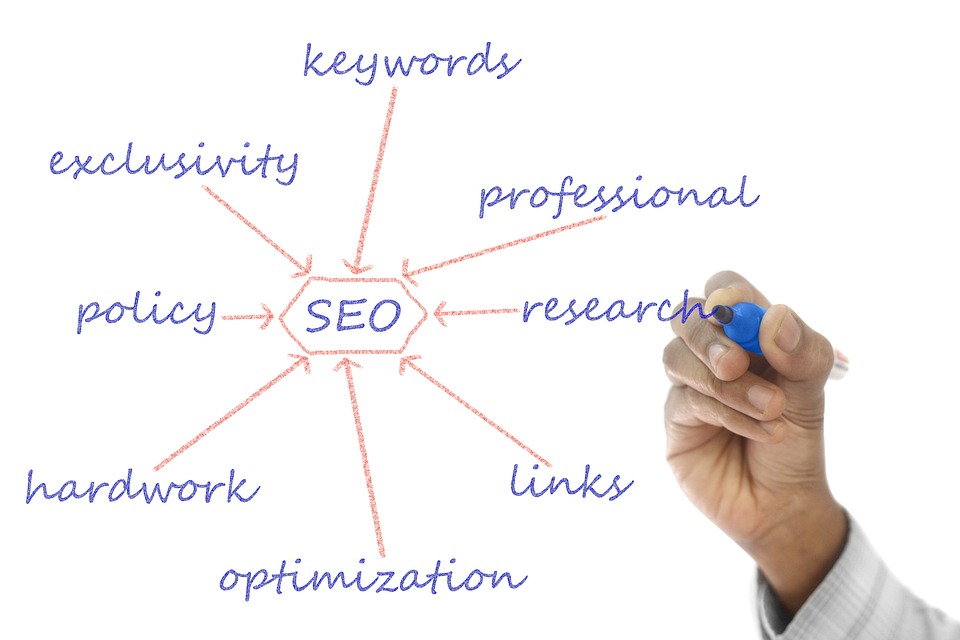Revolutionize Your Company’s Success: The Art of Performance Management
Performance management is a critical aspect of every organization’s success. Yet, many companies struggle to effectively implement this process, leading to subpar performance and missed opportunities. In this article, we will explore the art of performance management and how it can revolutionize your company’s success. By delving into the key components and best practices of performance management, leaders can unlock their team’s full potential and drive exceptional results.
The Importance of Clear Expectations
A fundamental element of performance management is establishing clear expectations. Without a well-defined set of goals and objectives, employees may feel uncertain about what is expected of them, which can lead to confusion and underperformance. By clearly communicating the company’s vision, individual responsibilities, and performance metrics, leaders can provide their employees with a roadmap for success.
The Power of Regular Feedback
Feedback is a powerful tool for growth and improvement. Regular performance evaluations and constructive feedback sessions are vital for employees to understand their strengths, areas for development, and how their contributions align with organizational goals. By providing timely feedback, leaders can enhance employee engagement, motivation, and overall productivity. Moreover, it allows for course corrections and the identification of potential barriers before they become significant obstacles.
Implementing a Continuous Development Culture
Performance management goes beyond simple evaluation; it should be an ongoing process that fosters continuous development. By investing in employee training and skill development programs, companies empower their workforce to stay relevant in an ever-changing business landscape. Encouraging a learning culture and providing opportunities for growth not only enhances individual performance but also strengthens the organization as a whole.
The Role of Performance Recognition and Rewards
Recognizing and rewarding outstanding performance is a key motivator for employees. Organizations should establish a robust reward and recognition system that aligns with their performance metrics and reinforces desired behaviors. Whether it is through monetary incentives, promotions, or public appreciation, acknowledging exceptional achievements creates a sense of accomplishment and encourages employees to constantly strive for excellence.
Utilizing Technology for Effective Performance Management
With the advent of technology, there are various performance management software solutions available that streamline the process and enhance its effectiveness. These tools provide real-time performance tracking, goal management, and enable continuous feedback and communication. By leveraging technology, organizations can effectively monitor progress, identify trends, and make data-driven decisions to maximize performance potential.
In Conclusion
Revolutionizing your company’s success begins with effective performance management. By setting clear expectations, providing regular feedback, fostering a culture of continuous development, recognizing outstanding achievements, and leveraging technology, leaders can optimize their team’s performance and drive exceptional results. Embracing the art of performance management not only enhances individual performance but also strengthens the organization as a whole, ensuring long-term success and competitiveness in today’s dynamic business environment.










